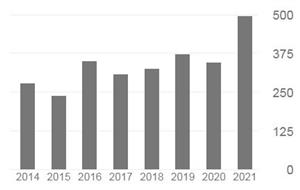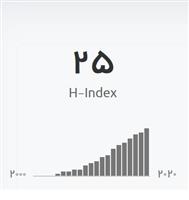Fracture Resistance of Immature Incisors Following Root Filling with Various Bioactive Endodontic Cements Using an Experimental Bovine Tooth Model
Abstract
Objective The aim of this study was to compare the fracture resistance of immature bovine roots when using ProRoot MTA, CEM Cement, and Biodentine as root filling materials. Materials and Methods An immature bovine tooth model was developed by removing the coronal and apical portions of 70 bovine incisors 8 mm above and 12 mm below the cementoenamel junction (CEJ). The specimens were then divided into five groups: ProRoot MTA, CEM Cement, Biodentine, gutta-percha/AH26 sealer, and control. All groups received a 5-mm apical plug with a temporary restorative material. Then, the remaining root canal space was filled with one of the afore-mentioned materials. After setting, the specimens were mounted in acrylic resin. Then, 3 mm coronal to the CEJ from the buccal side of the teeth and at a 135°angle to the long axis, the specimens were loaded until fracture.
Results The specimens in the Biodentine (2196 N) and ProRoot MTA (2103 N) groups had significantly greater fracture resistance in comparison to the control group (p = 0.01). No significant difference was found between CEM Cement, gutta-percha and sealer AH26, and control groups. No significant differences occurred between the four experimental groups (p = 0.45).
Conclusion Filling the root canal space with ProRoot MTA and Biodentine contributed to higher fracture resistance values.
Keywords: Fracture Resistance, Mineral Trioxide Aggregate, CEM Cement, Biodentine














